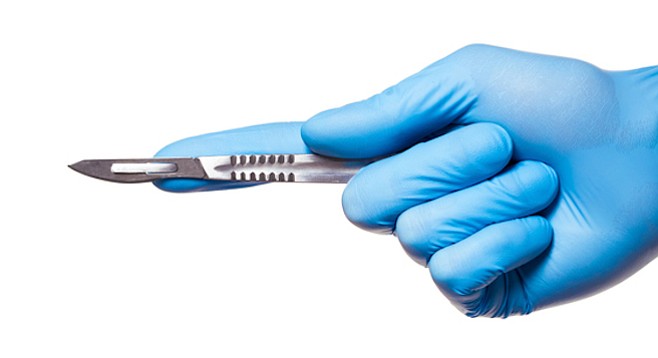 Facebook
Facebook
 X
X
 Instagram
Instagram
 TikTok
TikTok
 Youtube
Youtube

Effective the first of this year, the Tax Cuts and Jobs Act imposes a 21 percent excise tax on nonprofits that pay $1 million or more to their five highest-paid employees.
The tax applies to all remuneration, including non-cash benefits, with some exceptions. The tax is on salaries of the executives, not medical professionals such as doctors, nurses, or veterinarians.
Sharp HealthCare and Scripps Health will probably be hit hardest. I asked the two organizations to list the salaries of the five highest-paid employees and neither would do so. I could only come up with the 2015 form 990s (a government form for nonprofits) for Sharp and Scripps.
In 2015, Christopher Van Gorder, chief executive of Scripps, was paid $3.39 million; that same year, Michael W. Murphy of Sharp was paid $1.78 million. Ann Pumpan, chief financial officer of Sharp, was paid $940,076. These salaries have almost certainly risen since 2015, if the individuals are still at their jobs.
I received carefully written replies from both institutions. Toni Dolby of consultancy Integrated Healthcare Strategies, which works for Scripps, wrote, “Scripps has established a very thorough process in reviewing and setting executive compensation for the organization. The program is structured to be competitive among Scripps’ peers…. We anticipate Scripps will have a few individuals over the threshold for 2018. This law is so new that most organizations — including Scripps — are still working to understand it and determine what the options are.”
John Cihomsky, vice president of Sharp, wrote, ”In health care, attracting and retaining talented executive leaders through fair-market compensation is a requirement… We are very disappointed with the new legislation as it relates to taxes on executive compensation, chiefly because it may end up taking resources away from delivering that care by unnecessarily increasing costs.” Cihomsky said this will be the only comment on this matter.


Effective the first of this year, the Tax Cuts and Jobs Act imposes a 21 percent excise tax on nonprofits that pay $1 million or more to their five highest-paid employees.
The tax applies to all remuneration, including non-cash benefits, with some exceptions. The tax is on salaries of the executives, not medical professionals such as doctors, nurses, or veterinarians.
Sharp HealthCare and Scripps Health will probably be hit hardest. I asked the two organizations to list the salaries of the five highest-paid employees and neither would do so. I could only come up with the 2015 form 990s (a government form for nonprofits) for Sharp and Scripps.
In 2015, Christopher Van Gorder, chief executive of Scripps, was paid $3.39 million; that same year, Michael W. Murphy of Sharp was paid $1.78 million. Ann Pumpan, chief financial officer of Sharp, was paid $940,076. These salaries have almost certainly risen since 2015, if the individuals are still at their jobs.
I received carefully written replies from both institutions. Toni Dolby of consultancy Integrated Healthcare Strategies, which works for Scripps, wrote, “Scripps has established a very thorough process in reviewing and setting executive compensation for the organization. The program is structured to be competitive among Scripps’ peers…. We anticipate Scripps will have a few individuals over the threshold for 2018. This law is so new that most organizations — including Scripps — are still working to understand it and determine what the options are.”
John Cihomsky, vice president of Sharp, wrote, ”In health care, attracting and retaining talented executive leaders through fair-market compensation is a requirement… We are very disappointed with the new legislation as it relates to taxes on executive compensation, chiefly because it may end up taking resources away from delivering that care by unnecessarily increasing costs.” Cihomsky said this will be the only comment on this matter.
Comments